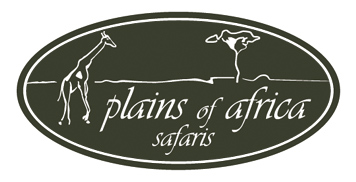Discover Tanzinia
Tanzania is situated on the southern boundary of Kenya over looking the highest mountain in Africa, Mt. Kilmanjaro. Follow ancient migratory patterns in the vast wilderness capturing unforgettable memories, long undisturbed journeys and just feel Africa beneath your feet. The country offers excitement and awe of being on safari in this country. The people are really special, genuinely friendly, always welcoming and proud of their cultural heritage.
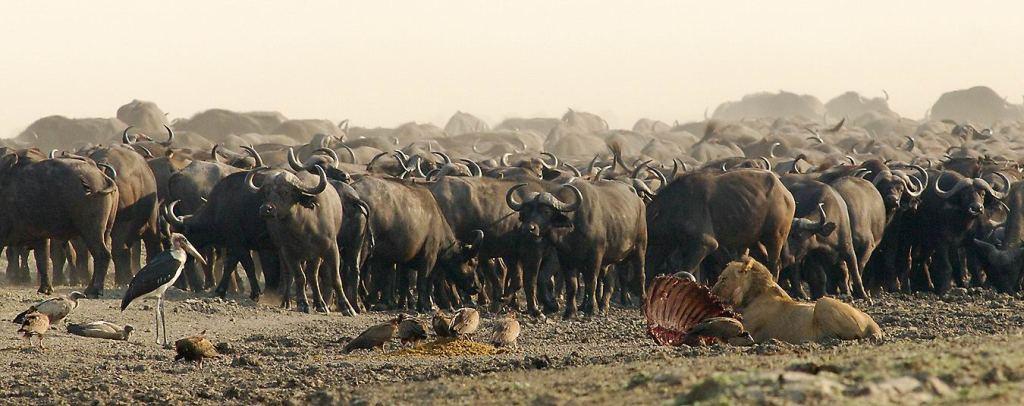
Climate – When To Go?
Tanzania has no summer or winter but two dry seasons and two rainy seasons. This change is determined by the Indian Ocean and Monsoon. Every season brings its rewards in the bush. Tanzania is East Africa’s largest nation, a rewarding place to visit whatever the time of year.
Where To Go? Northern Circuit – National Parks & Conservation Areas of Tanzania
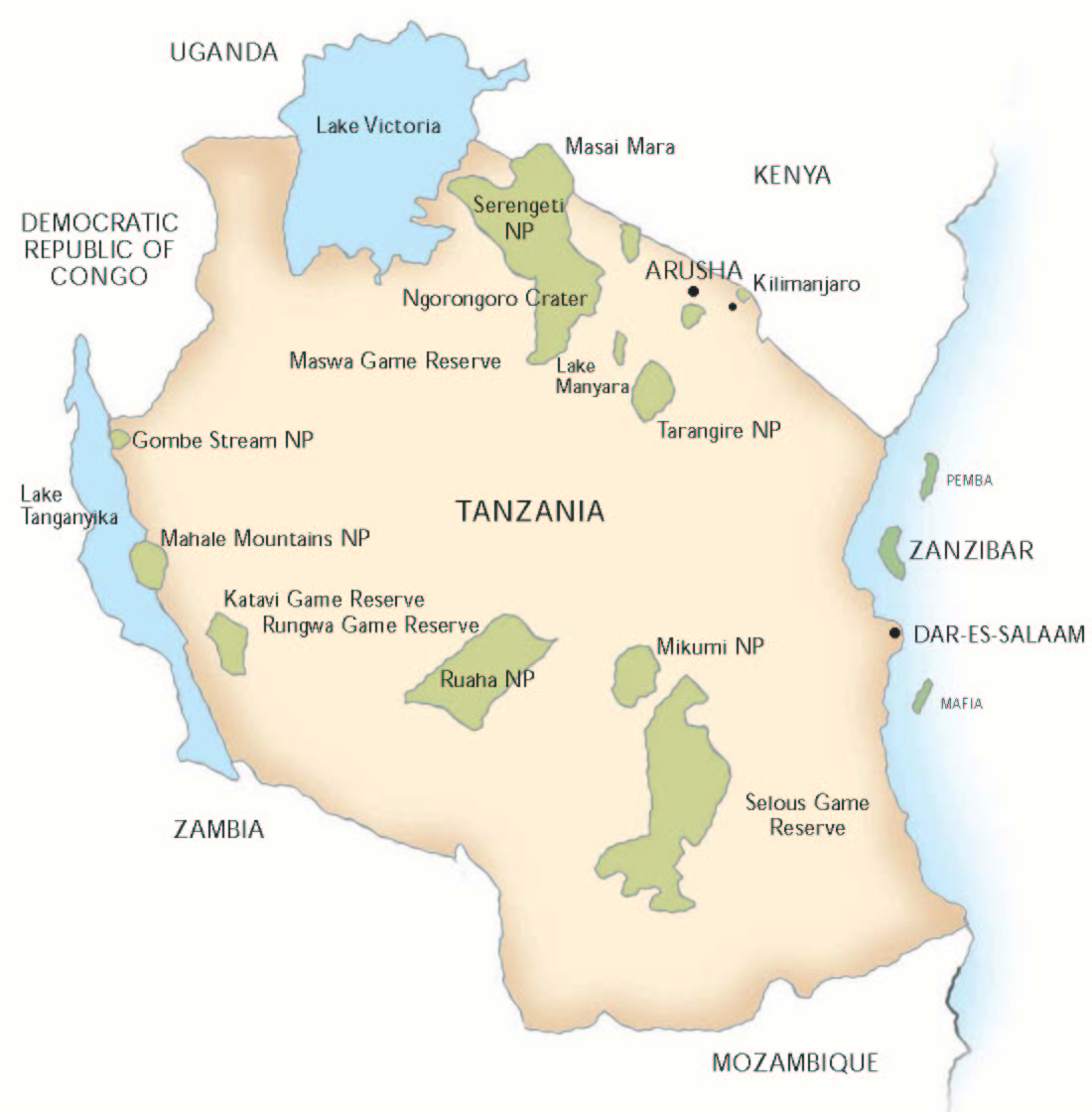
NORTHERN TANZANIA
- Arusha National Park – 400 species of birds, and a wide variety of mammals including leopard, buffalo and elephant. Three spectacular features; Momela lakes, Mount Meru and the Ngurdoto Crater. On clear days the magnificent Kilimanjaro can be seen.
- Mount Kilimanjaro National Park – the tallest free standing mountain in the world and the roof of Africa at 5 895mt high.
- Manyara National Park – the tree climbing lions and pythons, prolific birdlife over 400 species at the base of the Rift Valley.
- Mokomazi Game Reserve – 90% of all botanic species found in Tanzania. Also home to the Rhino conservation project
- The Serengeti National Park – famed for the largest migration of mammals on earth – 1.4 million wildebeest.
- Ngorongoro Crater – excellent wildlife viewing opportunities is the largest unbroken caldera in the world. Home to up to 30 000 animals.
- Olduvai Gorge World Heritage Site – the discovery of homo habalis regarded as mankinds first steps up the evolutionary ladder. Many more fossils including prehsitoric elephant.
- Rubondo Island National Park in Lake Victoria – one of the best places in the world for bird watching.
- Tarangire National Park – an unspoilt wilderness, the heart of the African bush – 550 species of birds.
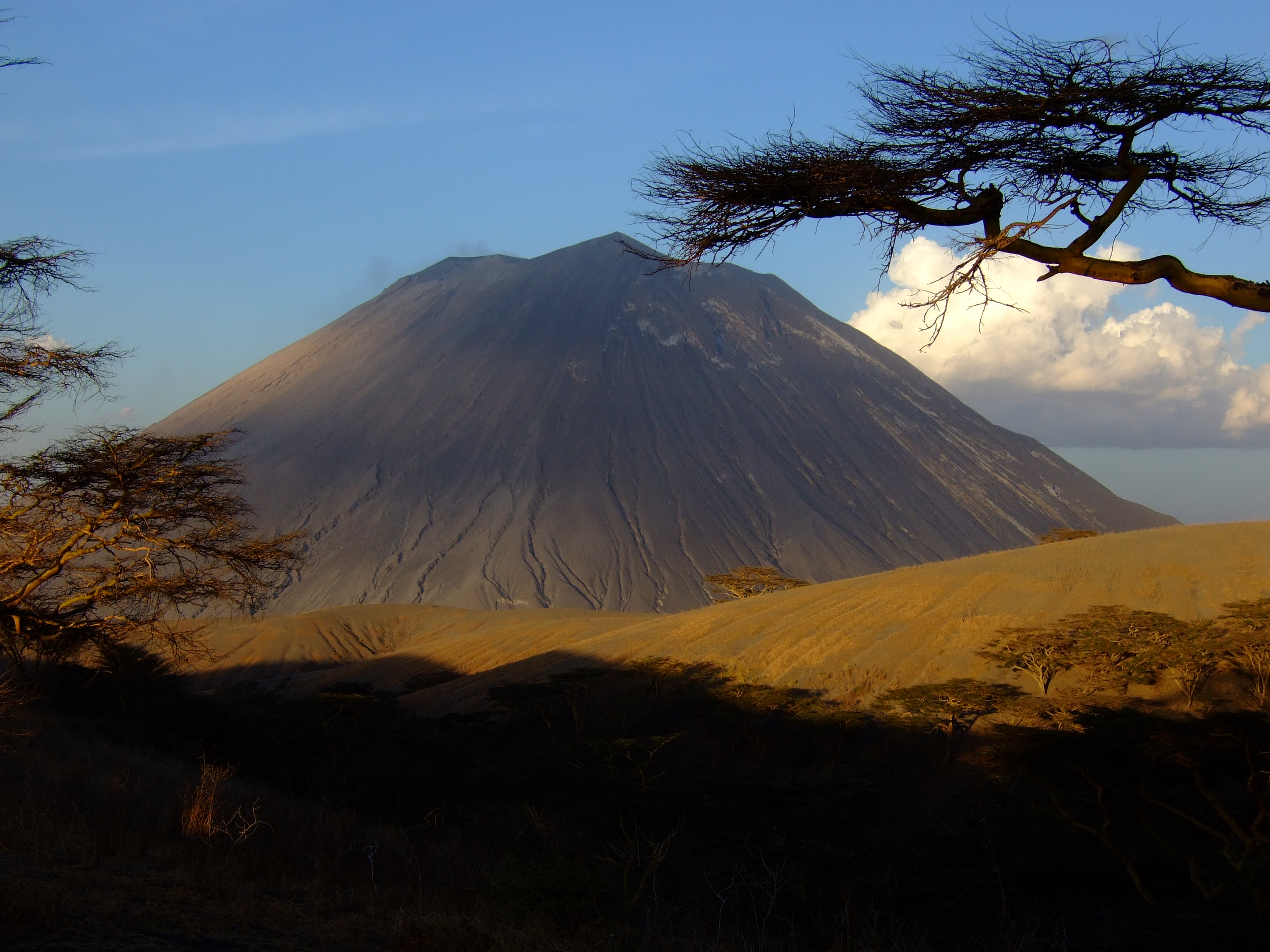
Where to Go? Southern Circuit – Tanzania
The sheer vastness of southern Tanzania makes for some spectacular game viewing and superb African vistas. An additional benefit is the remoteness of the location, which means that most visitors rarely see another car during their long game drives. Whereas wildlife and big game are the focus of the northern circuit, a trip to the parks of southern Tanzania allows visitors to learn in-depth knowledge about complex ecosystems and diverse living creatures that are usually skimmed over in more crowded areas. A visit to the southern circuit is a trip into an unexplored and wild Africa.
- Gombe Stream National Park- an untamed place of lush forests and clear lake views. The main attraction is the chimpanzee families – an incredible experience and one that is the highlight of many a visitors trip to Africa. Aside from chimpanzee viewing, many other species of primates live in Gombe Stream’s tropical forests. Vervet and colobus monkeys, baboons, forest pigs and small antelope inhabit the dense forest, in addition to a wide variety of tropical birdlife.
- Katavi National Park– one of the most untouched areas of the entire country. It offers unspoilt wildlife viewing in the country’s third-largest national park, in a remote location far off the beaten track. The park is Africa at its most wild – unadulterated bush settings, spectacular views, and rich wildlife. A must-see for the visitor intent on exploring the wilds of the continent.
- Mahale Mountains National Park – located in one of the most remote locations in Tanzania, on the western border with the Congo, against the dramatic shores of Lake Tanganyika. Accessible only by small aircraft, the park is the home of a large chimpanzee population that is well acclimatized to human contact. Although remote, a chimpanzee safari to Mahale Mountains NationalPark is well worth the effort. Hikes to their habitation areas are accessible and not strenuous, observing the endangered primates is a once-in-a-lifetime experience.
- Mikumi National Park – the fourth largest park in Tanzania has all the ‘big five’. The Selous Game Reserve and UdzungwaNational Park, and the three locations make a varied and pleasant safari circuit.
- Ruaha National Park – second-largest national park after the Serengeti, Ruaha is a remote bastion of spectacular wilderness, undisturbed wildlife, and breath taking scenery. With herds of more than 10,000 elephants, vast concentrations of buffalo, gazelle, and over 400 bird species, For the intrepid wilderness lover and the avid safari explorer, a trip to Ruaha is uniquely rewarding and a perfect piece of Africa.
- Udzungwa Mountains – view several species of primates and endangered birds in a beautiful African rain forest. Five distinct trails cover the forests and mountain peaks within the park, and offer varying levels of difficulty for everyone from novices to experienced trekkers. Better yet, there are no roads through the Undzungwa MountainsNational Park, so hikers have the area all to themselves.
- Selous Game Reserve – Africa’s largest protected wildlife reserve and covers more than 5% of Tanzania’s total area. It’s rivers, hills, and plains are home to roaming elephant populations, the area’s famous wild dogs, and some of the last black rhino left in the region. Due to its remote location, and because it is most easily accessible only by small aircraft, the Selous Game Reserve has remained one of the untouched gems of Tanzania’s national parks and game reserves, and offers visitors a chance to see a wild and expansive Af
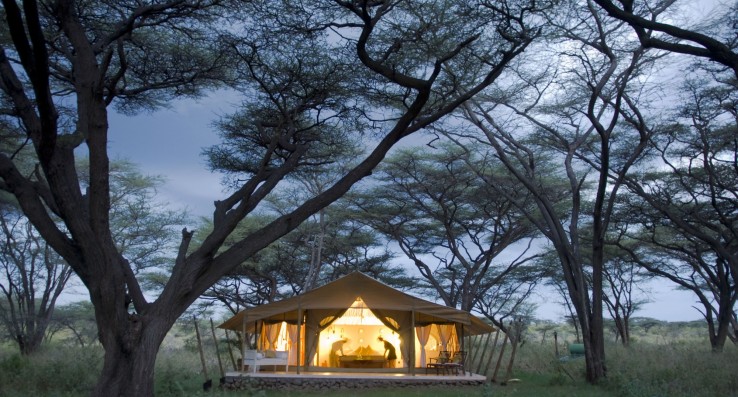
Mammals
A wide variety of mammals. For further reading refer to the Field Guide to African Mammals by Jonathan Kingdom and The Behaviour Guide to African Mammals by Estes
Birdlife Hotspots!
East Africa consisting of the the following countries, Uganda, Kenya and Tanzania is one of the worlds most exciting birding regions and claims the title of the world’s ultimate birding destination. The regional tally with a checklist is more than 1400 species.
- Kigosi Game Reserve – is an important breeding area for rare water birds including the Wattled crane and Shoebill stork.
- Udzungwa National Park – the Mountains rise up from the western edge of the Selous Game Reserve. The park is host to a large number of endangered bird species in a beautiful African rain forest.
- Rubondo Island National Park Rubondo Island – south-west shores of Lake Victoria, a rich and diverse variety of butterflies and bird life.
- Lake Manyara National Park
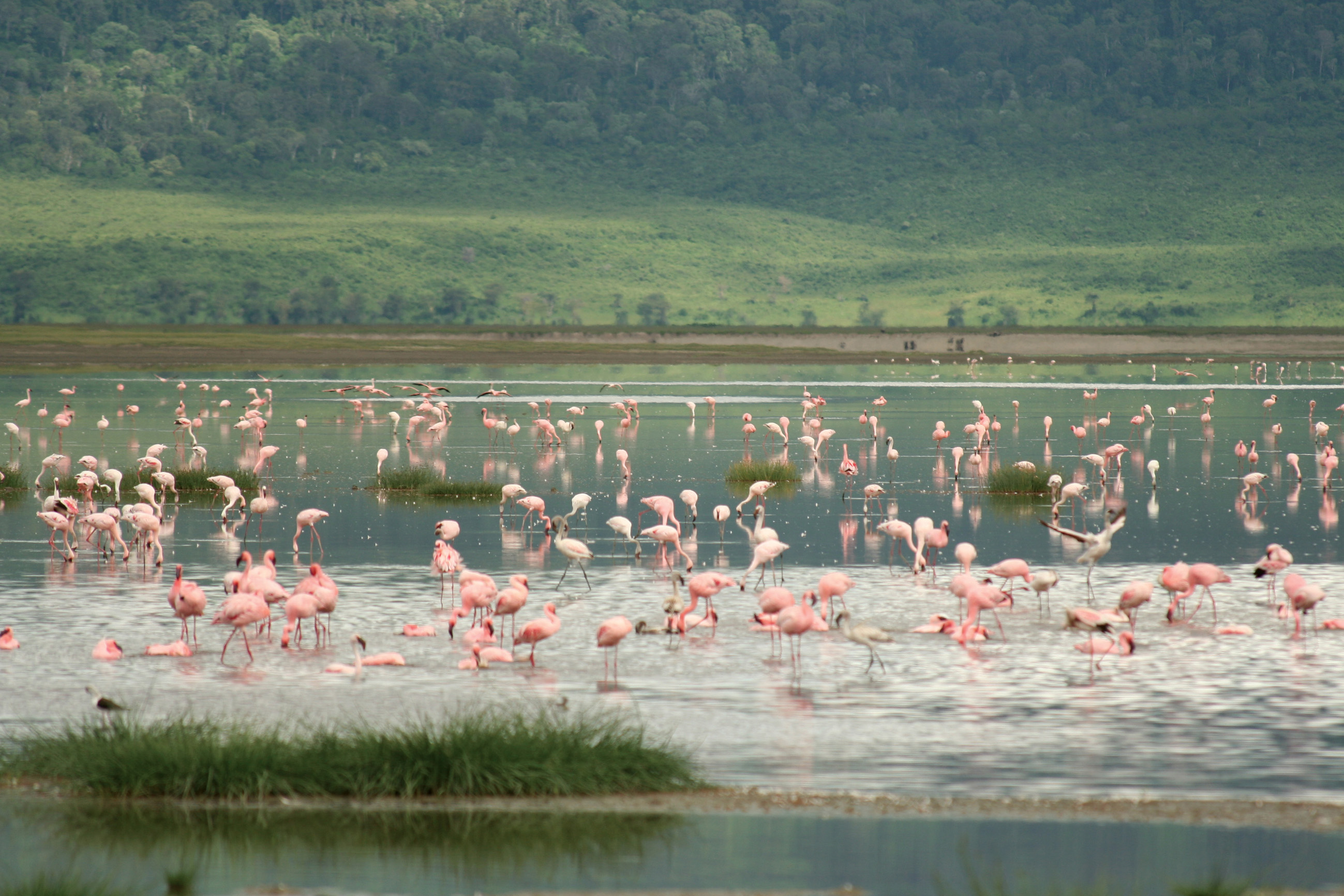
Lakes
- Lake Eyasi – a salt lake situated between the Rift Valley’s Eyasi escarpment and the Kidero Mountains, the area around Lake Eyasi is home to the Hadzabe bushmen, some of the last remaining hunter-gatherers on the continent. The Hadzabe have inhabited the acacia forests and scrubland around Eyasi for over 10,000 years and visits to nearby clans can be arranged through local guides in the area.
- Lake Manyara – is home to millions of flamingos, pelicans, storks and other plentiful bird life, as well as hippos that can be observed at close range. Hot springs trickle into the shallow waters and during the dry season, the lakeshore retreats to leave striking white soda deposits in its wake.
- Lake Natron – a soda lake at the base of the active Ol Donyo Lengai volcano, the area around Lake Natron is often described as having a desolate and almost lunar beauty.
Walks around the lake and to the streams and waterfalls along the nearby escarpment make for a fantastic adventure off the beaten track. - Lake Nyasa – also known as Lake Malawi, the Tanzanian side of Lake Nyasa borders the Livingstone Mountains and stretches out towards Malawi and Mozambique.
The towns of Kyela, Itungi, and Matema make good bases from which to visit the lake, which contains almost a third of the known cichlids – a species of freshwater tropical fish ? in the world. - Lake Tanganyika – mostly centred around visiting Gombe Stream and Mahale Mountains National Parks. The lake’s dark waters form the word’s largest and second-deepest freshwater lake, and the area is a regional centre for building dhow fishing boats that sail through its rugged waters.
- Lake Victoria – the largest lake in Africa, Lake Victoria’s fishing industries and the agricultural land around its shores have made the area an economic centre of Tanzania. Attractions include trips to Rubondo Island National Park and participating in various cultural tourism programmes on offer around the area. The lake has some spectacular varieties of freshwater tropical fish, many of which are exported to aquariums all over the world. It’s shores are peaceful and pristine, and offer a quiet alternative to the constant movement and bustle of a safari itinerary.

What to Do?
- Ballooning – a unique way to explore the Serengeti Plains.
- Birding – East Africa has more than 1000 species.
- Culture – there are approximately 126 tribes in Tanzania. This wide diversity of tribal peoples each with their interesting traditions and ceremonies reflecting their heritage. The most famous being the ‘Ancient Warrior’s Maasai Tribe.
- Game viewing/Game Drives – these are operated in open vehicles usually at dawn and dusk to seek out the most interesting wildlife. Night drives are also arranged in certain areas, only where permitted, enabling visitors to glimpse the nocturnal world.
- Horse Treks – a unique way to explore the African bush and observe the wildlife.
- Mobile Adventures – Authentic, Adventure, Fly Camping, Classic,& Exclusive Safari Camping.
- Walking Safaris – there is no better way of getting really close to nature than this. Lead by experienced armed guides/rangers/trackers, walkers are able to enjoy the sights, smells and sounds of the bush in harmony with their surroundings. On some treks you may be exploring areas untouched.
For travel to this special part of real Africa Contact Plains of Africa and we will ‘Talor Make’ your safari.
